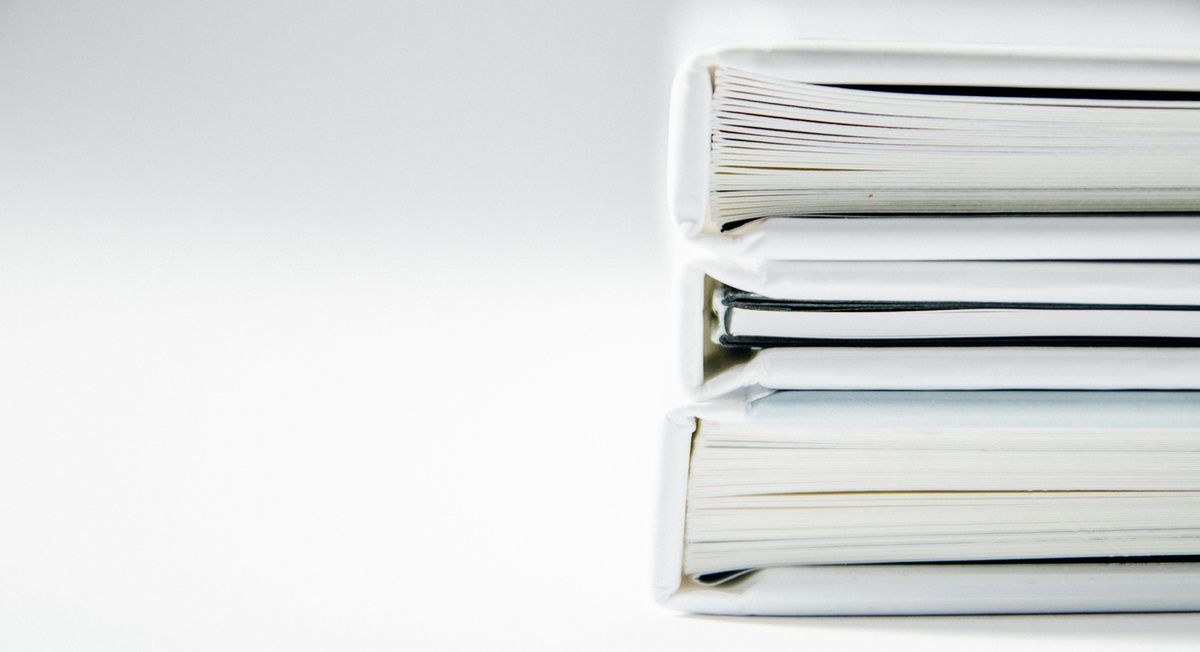
De la plaque de verre au numérique : recherche, expositions, projets...
1 Novembre 2014

Aesthetics and theoretical approaches of archetypes of photojournalism : based on World Press Photo 1956 until 2013
par Frederique Gaillard (Université Paris VIII)
Grâce à une analyse fondée sur l'esthétique et la théorétique, cette recherche sur le photojournalisme et ses archétypes soulève de nombreuses questions. La théorétique est l'approche d’une pratique considérée d’abord sous l’angle du « sans-art » qui se distingue de l’esthétique en tant qu'approche théorique d’une réflexion assimilée principalement à l’art. La notion d'archétype est réfléchie à travers ses diverses facettes et donc avec différents champs d’études (psychologie, philosophie, mythologie...). Avant de s'intéresser aux photographies, il est important de déterminer comment l'image du photojournaliste s'est forgée à travers le temps. En revisitant la vie de Robert Capa et ce que l’on en dit, les travaux du mythologue Joseph Campbell apportent un éclairage nouveau et rend complexe mais possible l'analogie entre le héros de mythe et celui qui est considéré dès 1938 comme le plus grand photographe de guerre du monde. L'analyse approfondie et singulière des photographies primées au World Press Photo (WPP) dans la catégorie World Press Photo of the Year, de la création du concours à 2013 ouvre d’autres perspectives sur l'évolution du photojournalisme. Ce corpus iconographique traite principalement des catastrophes naturelles, de la famine, de la guerre et du terrorisme. L’être humain, ses actes et ses conséquences sont continuellement au cœur des reportages. Il faut parfois remonter très loin dans l'histoire de l'humanité pour comprendre les préoccupations du monde contemporain et les images que l'on en perçoit. Certaines photographies primées se sont imposées comme des marqueurs temporels historiques et forgent la mémoire collective. Plusieurs facteurs contribuent à développer cette mémoire collective. Se questionner sur l'archétype dans ces photographies, c'est aussi reconsidérer l'image mentale et l'image en tant qu'objet pour mieux discerner ses contours et appréhender ses enjeux. Le cheminement de cette recherche emprunte des voies inattendues pour livrer une interprétation novatrice de ces photographies de presse.
***
Through an analysis based on the aesthetics and theoretical approaches, this research of photojournalism and archetypes raises many questions. The theoretical approach is to look at a practice first in terms of non-art, as distinct from aesthetics as a theoretical approach to something that is primarily equated with art. The concept of archetype is studied through its various facets and thus with different approaches (psychology, philosophy, mythology, etc.). Before looking at photographs, it is important to determine how the image of photojournalist was forged through time. Revisiting the life of Robert Capa and what is said about it, the work of a mythologist, Joseph Campbell, sheds new light and makes it possible, although complex, to draw an analogy between the hero in myths and the man that is considered since 1938 as the greatest war photographer in the world. The detailed and unique analysis of the photographs awarded a prize by the World Press Photo (WPP), in the category World Press Photo of the Year, since the award was created until 2013, opens new perspectives on the evolution of photojournalism. This iconographic imagery deals primarily with natural disasters, famine, war and terrorism. The focus of the reports is continuously on people, their actions and their consequences. It is sometimes necessary go far back in history to understand the concerns of the contemporary world and the images that we perceive of it. Some winning photographs have emerged as historical time markers and shape our collective memory. A number of factors contribute to developing this collective memory. The question of archetype in these photographs also leads us to rethink the mental image and the image as an object, in order to better discern its contours and understand its challenges. This research uses unexpected ways to deliver an innovative interpretation of these press photographs.